Founded in 1983, Capcom became one of the biggest names in gaming almost as soon as they hit the ground. The194Xgames stood out from the space shooters by being great historical-based shmups, whileBionic Commandomixed up the run & gun formula by adding platforming swinging to the formula. They have plenty of cult classics under their belt and more than their fair share of iconic names.
Be it by skill, determination, or luck, Capcom has produced games that were so big they influenced other developers to follow their lead. Some even reinvented old genres into mainstays, to the point where the gaming landscape would be very different without them. Ranked by effect, these areCapcom’s most influential games.
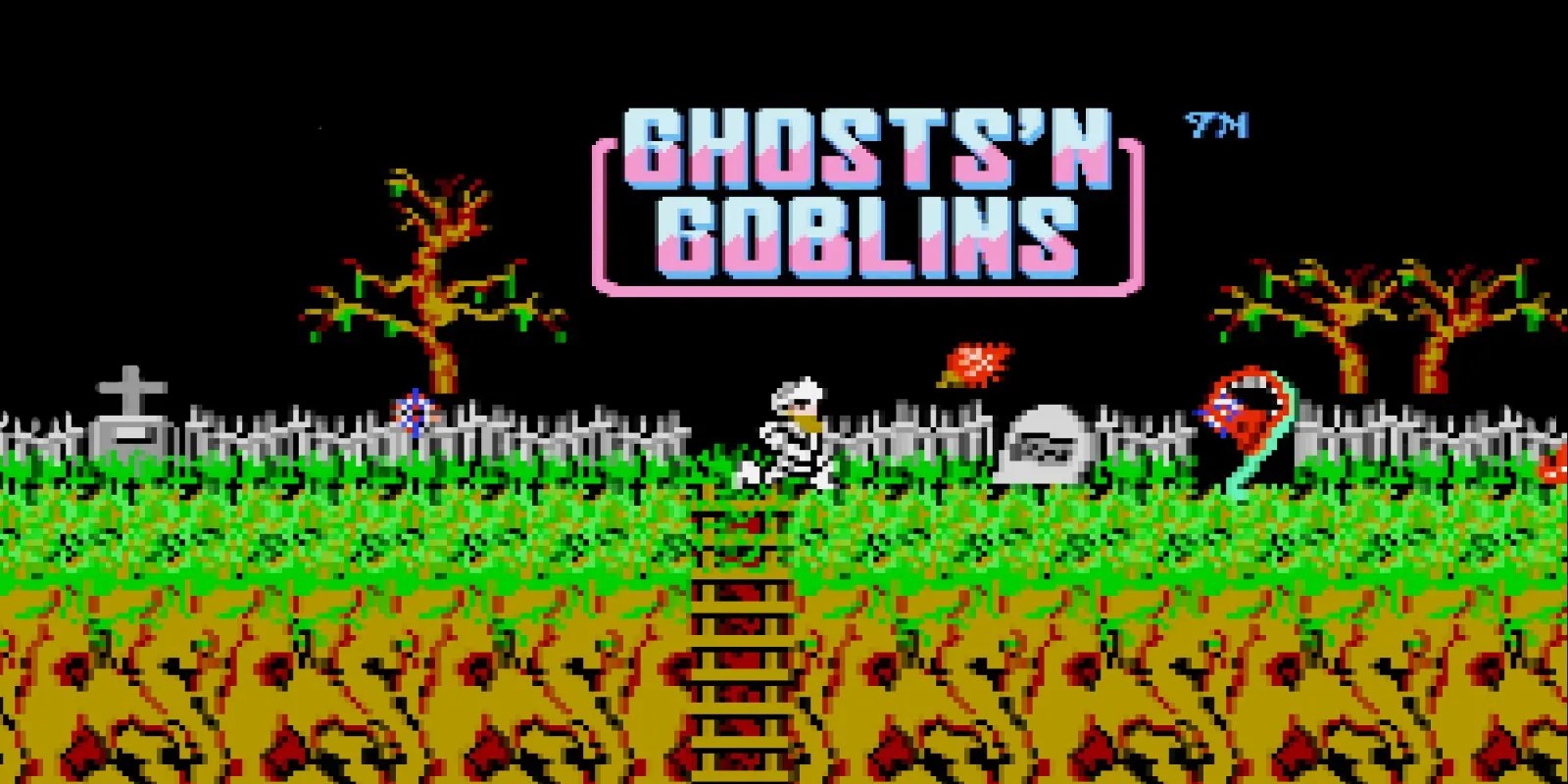
Ghosts ‘n Goblinsis low mainly because most people prefer its sequels,Ghouls ‘n GhostsandSuper Ghouls ‘n Ghosts. They retained the original’s sidescrolling action gameplay, its crushing difficulty (beat the game twice to see the true ending), and tongue-in-cheek sadism (eager players hunting chests can end up turning into ducks by wizards). But they had better controls, and were more merciful on players compared to the original arcade game.
YetGnG1was one of the most successful entries in the series. It received the most ports, appearing on all sorts of machines, including the NES, where its admittedly janky port managed to outsellMega Man 2, the best-sellingMega Mangame. Nearly all arcade games back in the 1980s were deliberately hard, butGnG1’s mix of charm and cruelty made it a mini-phenomenon as players tried their best to beat it. At the risk of sounding like a cliché, it was theDark Soulsof its day.
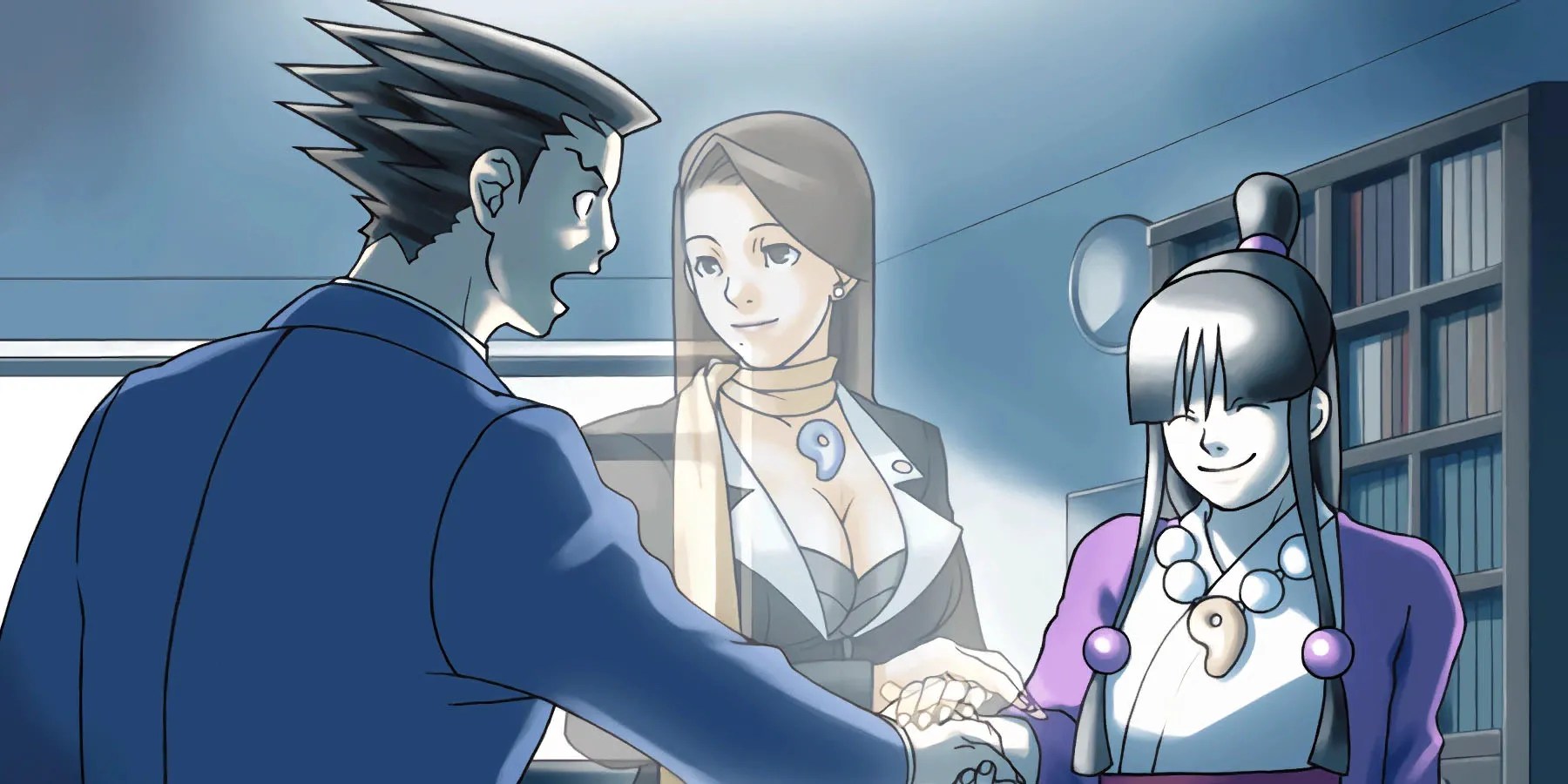
Some series can take a while to get popular. ForPhoenix Wright: Ace Attorney, it took 5 years, as the original Japanese Game Boy Advance game and its sequels got localized for an international release on the Nintendo DS. In a way, it was a gamble as they were a series of visual novels, a genre that was all the rage in Japan but hadn’t made much headway in the West. However, it had a few advantages over the old otome games and Famicom detective games.
For one, Phoenix not only had to collect clues and ask questions point & click style, he had to back his evidence up in court to prove his clients’ innocence. It became a logic puzzle in itself and would popularize similar handheld brainteasers likeHotel Dusk 215,Danganronpa,and theProfessor Laytongames. It would also inspire queer media, as Phoenix’s friendship/rivalry with prosecutor Miles Edgeworth, while not openly romantic, was written with more passion than many romance stories in games at the time.
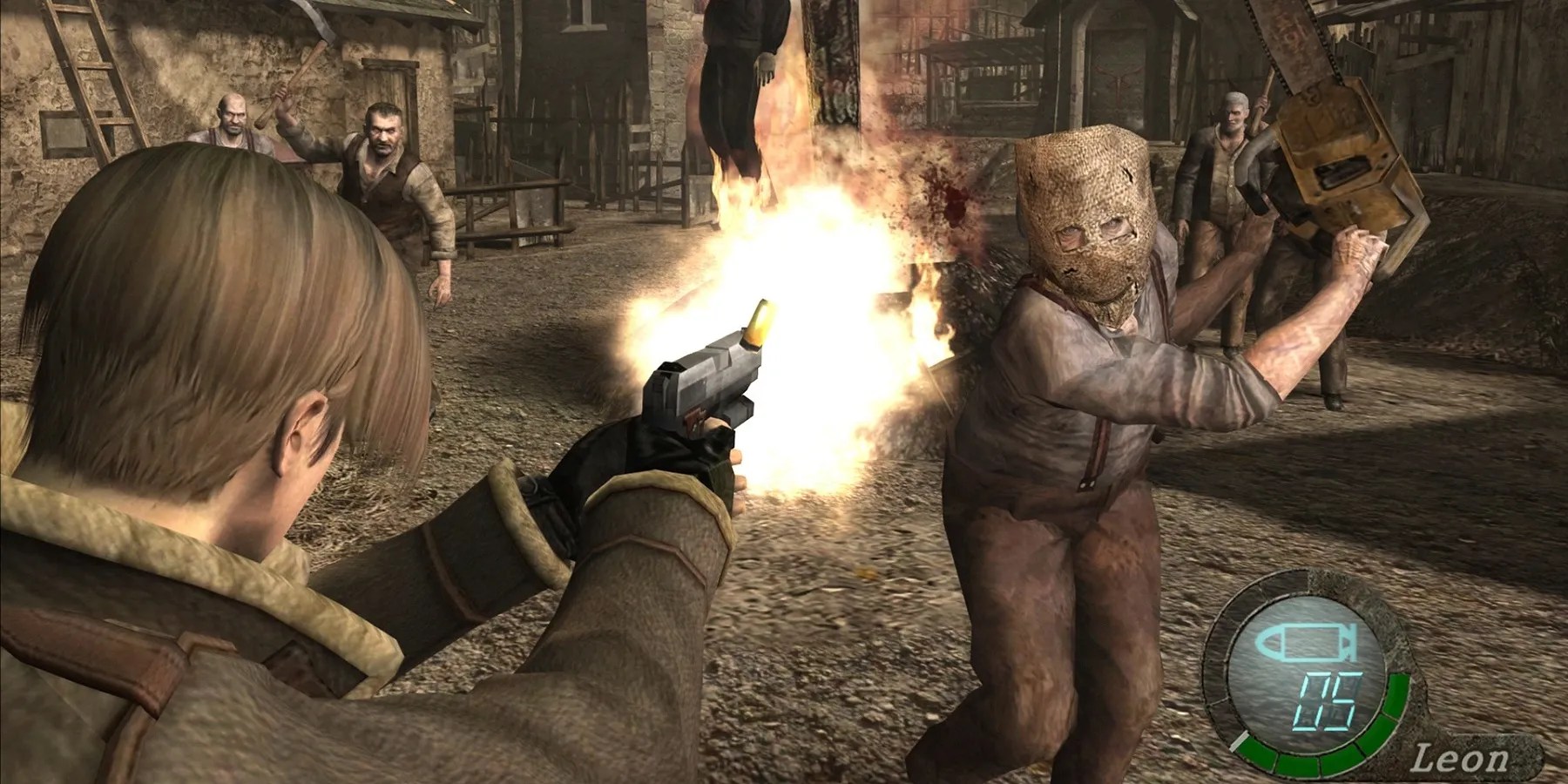
8Resident Evil 4
Rewriting the Book on Action Games
Not everyone was happy withResident Evil 4when it came out. On the one hand, it wasn’tthatdifferent from the old tank-control-based gameplay in the prior games; Leon was more mobile but still moved like a classic RE protagonist. The game just upped the ammo count, changed the camera, and made the gameplay more action-based. It was fun, but it felt less like the scary, stress-inducing games of old and more like a cheesy action movie (“Saddler…YOU’RE small time!").
Then again, that more action-based gameplay pulled in waves of new fans. The over-the-shoulder view made targeting enemies and objects more controllable,opening up follow-up melee attacks and inspiring other games likeDead Space,Gears of War, andMetal Gear Solid 4to adopt it.RE4’s block-based inventory system became a puzzle game in itself, inspiring standalone games likeSave Room. For a game thattook 6+ years to make, it ended up worth every minute of development time.
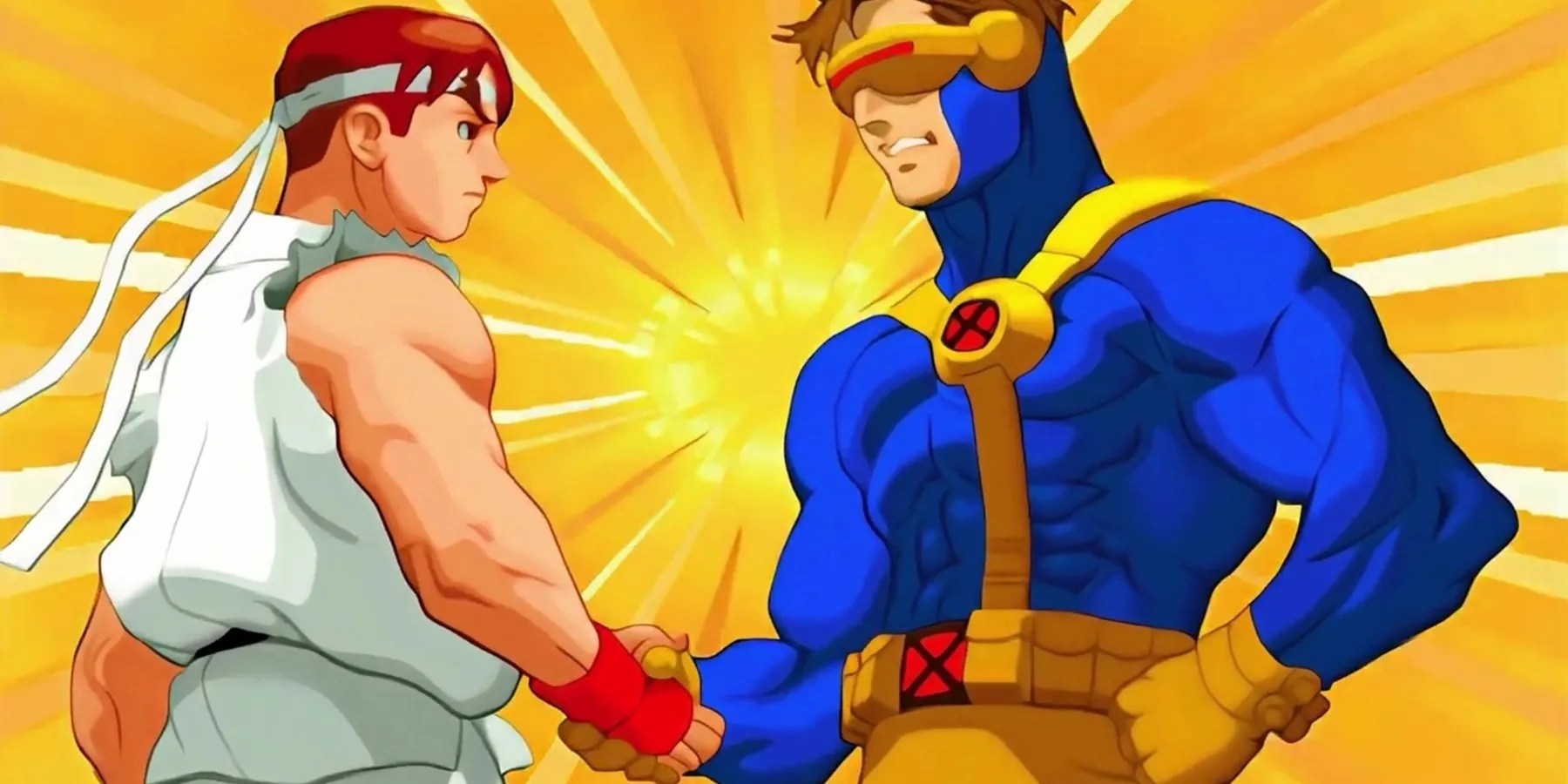
Some games could only hope to get the joy that theMarvel Vs Capcom Fighting Collectionproduced when it was announced. Top fighting game streamer Maximillian Dood’s own reaction went viral by itself (“If this had been announced at Evo, people would be crying”). The game most players were looking forward to trying out again wasMarvel Vs. Capcom 2, which is influential in its own right, but there’s a reason whyMVC FC’s cover art focuses on Ryu and Cyclops.
Bar secret characters inX-Men: Children of the AtomandMarvel Super Heroes, Marvel and Capcom didn’t truly clash untilX-Men Vs. Street Fighter. It established the tag gameplay theMarvelgames,Dragon Ball FighterZandTekken Tag Tournamentwould use, from the combos to its assists, and it would popularize more crossovers, likeCapcom Vs SNKandStreet Fighter X Tekken.The game isn’t particularly balanced, but it’s fun, simple to pick up, and as exciting to play today as it was in 1996.
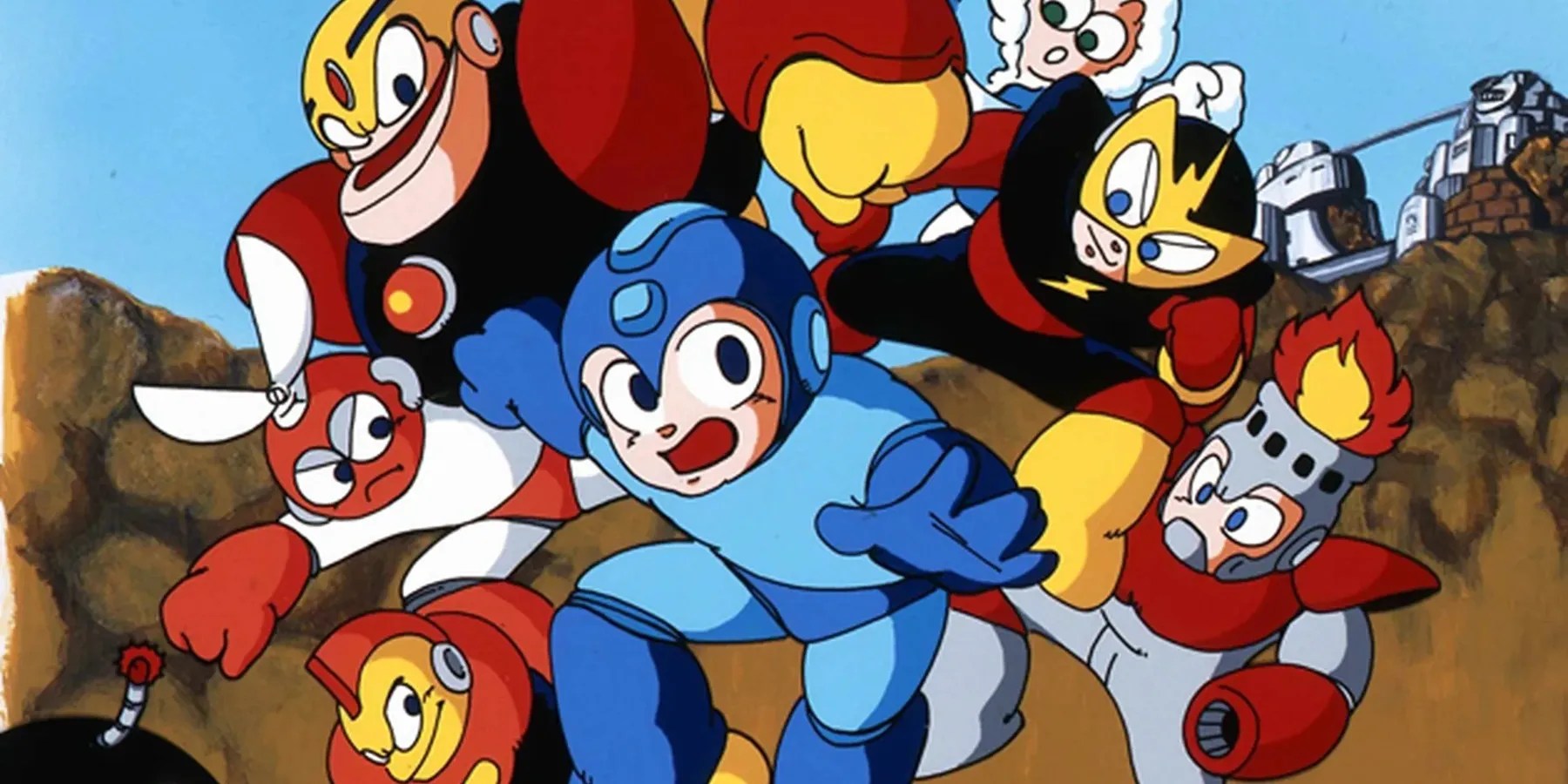
Despite there being other contenders for the title, like Captain Commando (who literally has ‘CapCom’ in his name),Mega Manwould become the company’s mascot, becoming as synonymous with the NES' rise to power in the 1980s as the Mario Bros themselves. His 6 mainline games could get as difficult as theGhosts ‘n Goblinsseries, but unlike that series, it would throw the player a bone or two. For one, it let them choose which stages they wanted to take on in any order, where they’d gain a new weapon from each defeated boss or Robot Master.
Then those new weapons could be used against the other Robot Masters, where they could do extra damage if they were weak to them (e.g. Cutman can be killed by chucking two blocks with Gutsman’s Super Arm). The pick-and-choose approach may have inspired the optional side quests in open-world games, where players could choose to do them instead of powering through the main campaign. Butits Boss Rusheswould definitely turn up in other action games, includingDevil May CryandViewtiful Joe.

Unless one was a horror nut in Japan in the early 1990s,Sweet Home’s impact wasn’t felt until after it bore fruit. Based on the horror movie by Kiyoshi Kurosawa, it was an RPG about five filmmakers who explore an abandoned mansion and discover more than they bargained for. Now, they have to escape without falling victim to the ghosts, ghouls, and other creeps hiding in the darkness. The game was never released outside Japan, and American NES censors would’ve fallen on it like a ton of bricks if it did.
But many of its mechanics would inspire similar ones inResident Evil, from the limited inventory and health pickups to the use of info logs and collectible memos to aid storytelling, which would appear inBioshock,Dead Space, and practically every other game decades later. It has a similar ‘zap-in’ protagonist-switching system toResident Evil 0and even hasRE4-style quick-time events. For an old Famicom game, a lot of its features were ahead of their time.
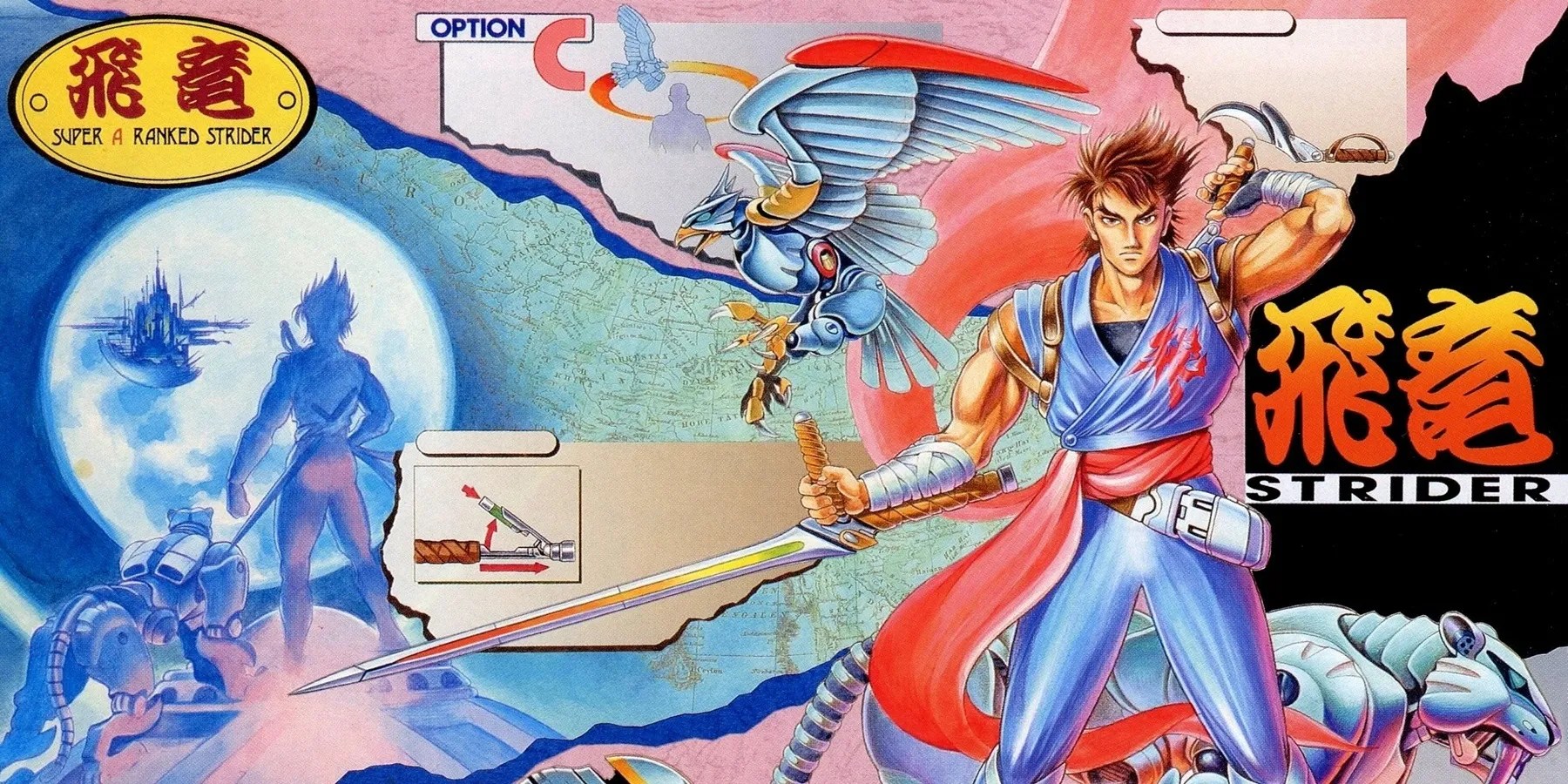
Made in collaboration with the manga artist group Moto Kikaku,Stridersaw Hiryu, one of the titular high-tech ninjas, infiltrate the Kazakh Soviet Socialist Republic to free the world from the ‘Grandmaster.’ It’s set in 2048, but the game is definitely a product of 1989. Nonetheless, it also offered fast, responsive action, a lush art style, and an iconic protagonist who’d make his way into several Capcom games, be it in person or in spirit (Street Fighter 5’s Zeku would become the first ‘Strider’).
ButStrider’s influence goes beyond that. Its futuristic setting would inspireMega Man X’s world and character designs, including its swordsman Zero. Boss character Tong-Pooh would become the basis forStreet Fighter 2’s own kung-fu woman, Chun-Li. While its action gameplay is now considered a precursor to modern hack n’ slash games likeDevil May CryandGod of War. Foran understated character, Strider Hiryu has left a big mark on Capcom.

Devil May Crystarted off as a pitch forRE4, which got rejected for being too action-heavy for survival horror. So, it was made into its own thing that mixed fierce melee combat with gunplay in an eerie, gothic castle filled with ghouls and demons. The game could’ve just been a 3D supernatural-themedStriderif Dante did more platforming and killed foes with a few swipes and shots. Only it wasn’t enough to just slice up a Sin Scissors or Frost 2–3 times and move on.
Players had to find the best way to mix up their moves and produce more interesting and varied combos against different foes to earn higher grades and better rewards. That way, it dissuaded players from relying on the same few tricks and encouraged them to get creative. Its sequels have varied in quality, from the direDMC2to the joyfulDMC3, but they introduced a new kind of action game that would soonproduce multiple franchises. But whenDMCwas on point, it could style on all competitors.
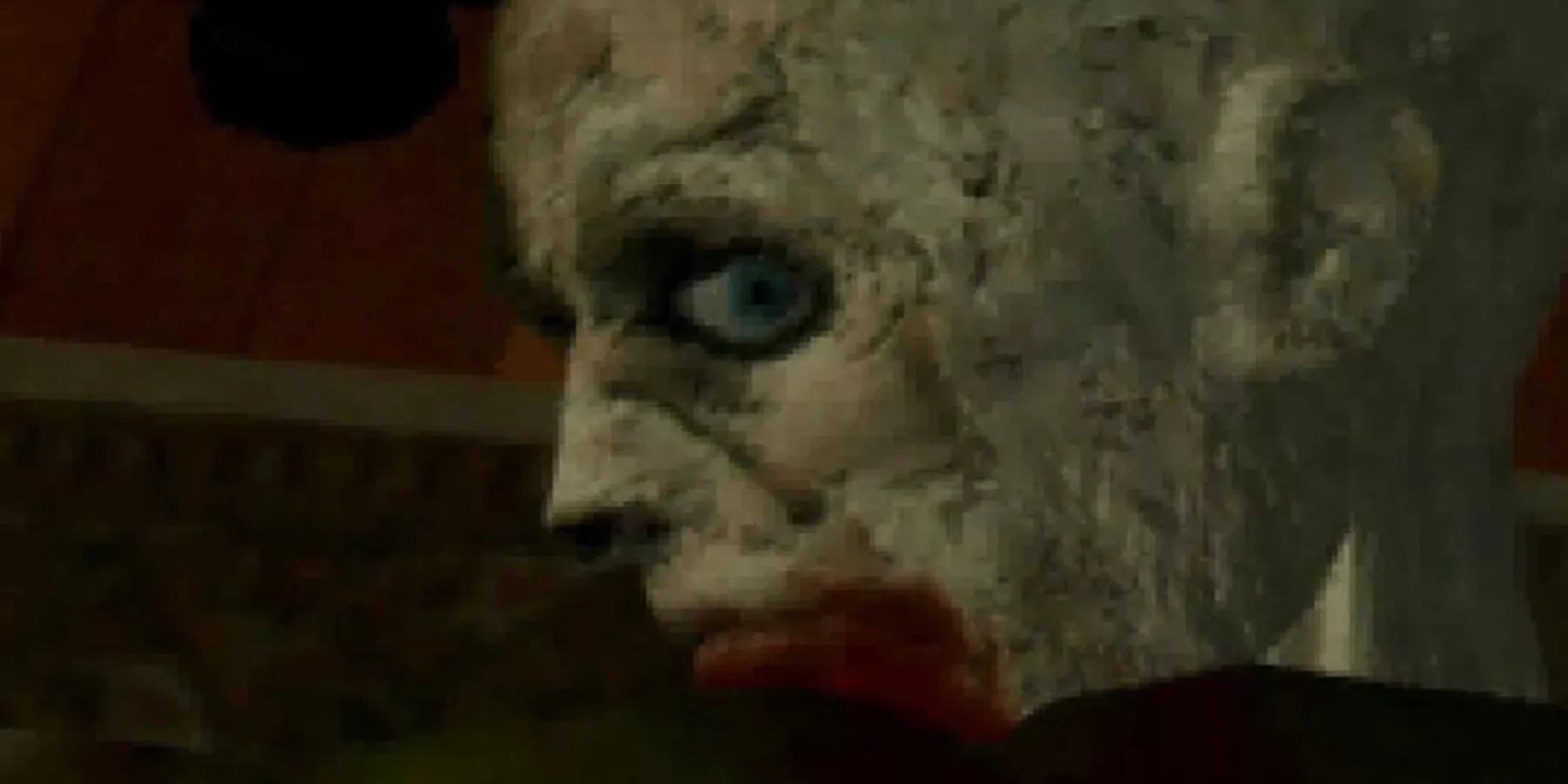
Considering how muchResident Evilwas inspired bySweet Home, it might seem like it was just a PS1 update of the 8-bit movie tie-in. But that would be misleading, givenRE1wasn’t an RPG, didn’t have QTEs (not untilRE4, anyway), and had zombies and mutant bioweapons instead of ghosts. It just happened to take place in a mansion and involved solving puzzles to get ahead. That, and sinceSweet Homestayed home in Japan,RE1was able to introduce that and more to an international audience when it came out in 1996.
Instead of blasting everything in sight like the shooters players had seen before, they had to pick and choose their battles against the zombies, dogs, and Hunters, making the best use of their limited supplies or die trying. It wasn’t the first survival horror game ever made (seeClock TowerorDr Hauzer), but it popularized the genre so well that the genre boomed. Its sequels would improve on the formula, and rivals likeSilent Hillwould test it, butRE1was the game that revved the proverbial engine.

Some of the games here popularized genres, inspired swathes of games within and outside Capcom, and revolutionized the way games were played.Street Fighter 2: The World Warriormanaged to do all 3 in one package. Before the game came out, fighting games were stiffer, slower, and only offered a few, often generic karate men for players to pick up (includingStreet Fighter 1).
ThenSF2came along with 8 characters, each of whom (bar Ryu & Ken) played differently from each other, and could link their punches, kicks, and special moves into combos that sped the action up. It offered more variety than anything that came before, practically reinventing the genre from the ground up. Even 30+ years later, the likes ofTekken,Mortal Kombat,King of Fightersand more have built on the foundationsSF2has laid.